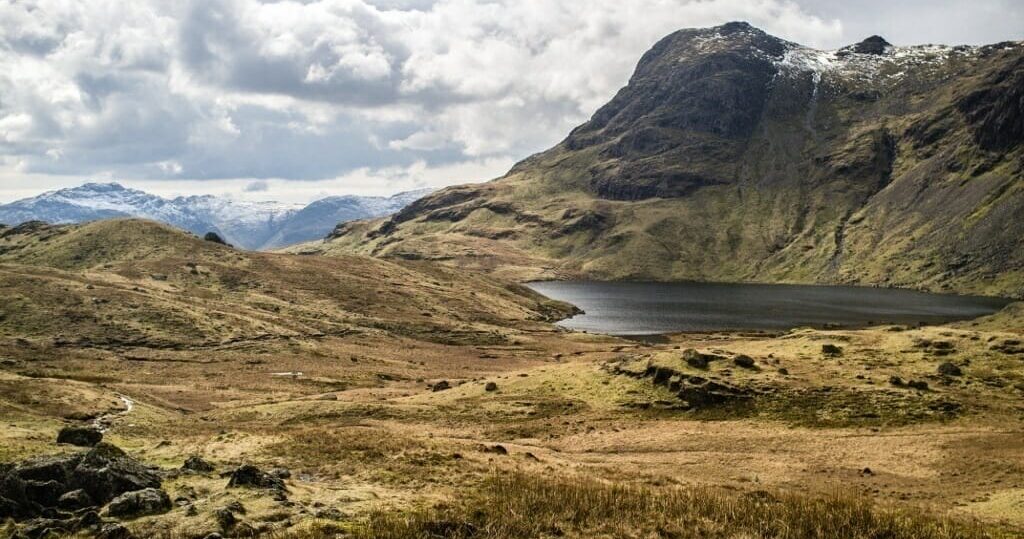Rock Climbing with the HTC 10
In April 2016, HTC launched their new flagship smartphone, the HTC 10. This built upon much of what they had done before, but included a major upgrade in the imaging performance, sufficient for it to become the second SanDisk-EPIC Certified smartphone.
Sitting at the top of the HTC smartphone line, the HTC 10 packs in all the technology HTC have and from an imaging point of view, it is pretty impressive – it has even scored exceptionally well in respected benchmark tests.
Having put it through its paces for a while taking pictures, I decided to give a try shooting video too and instead of keeping it simple, I thought a bit of rock-climbing action would be a good subject. Accordingly, I set off to Dartmoor in the South West of England, with a couple of climbing friends. We decided that Hound Tor and Hay Tor, up on the high moor, would be good options, with challenging but enjoyable trad climbing routes.
When you’re working on a rope, hanging off a rock face, anything you can do to keep the weight down is a blessing. Shooting with a phone was taking this to the ultimate conclusion of that methodology!
To make it a real adventure we eschewed hotels and camped out on the moor too, sticking with the lightweight ethos of shooting on a phone.
In use, the phone performed very well. It is a very responsive platform that doesn’t keep you ‘hanging around’ (excuse the pun!) while it moves from app to app, or while working within the camera app. This is certainly helped by the SanDisk iNAND 7232 memory inside that runs quickly enough to keep everything slick.
For the video, I moved between two main modes – hyperlapse to shoot timelapse of the climb from a distance, and 4K video to shoot the rest. The 4K video is very good. Colours are bright and punchy and, while it doesn’t offer manual video controls, you can lock focus and exposure and use exposure compensation to achieve just the exposure you want. It is a simple, and intuitive process and provides good results. For sure I’d love to have shutter speed control, but maybe that is something that could be added with a firmware/software update.
Working with the phone on the rock face was a pleasure – it was easy to find ways to brace myself without a big, bulky camera and lots of kit.
Shooting in 4K did mean lots of data. While the internal iNAND memory of 32GB is good, if you plan on heavy content creation rather than content consumption, it pays to make use of the microSD card slot. I popped a SanDisk 200GB microSD card in there and kept shooting for two days without ever having to worry about filling up the phone – in the two days I managed to shoot just about 80GB, so it was worth the use of the extra card.
All in all, it was a pleasant experience shooting video on the HTC 10 and the results, well, I’ll let you judge. I’m now off on another adventure, this time a little further from home – I’m touring Taiwan and shooting still images, again, with the HTC 10. Look out for a blog and some images on that in the not too distant future.




